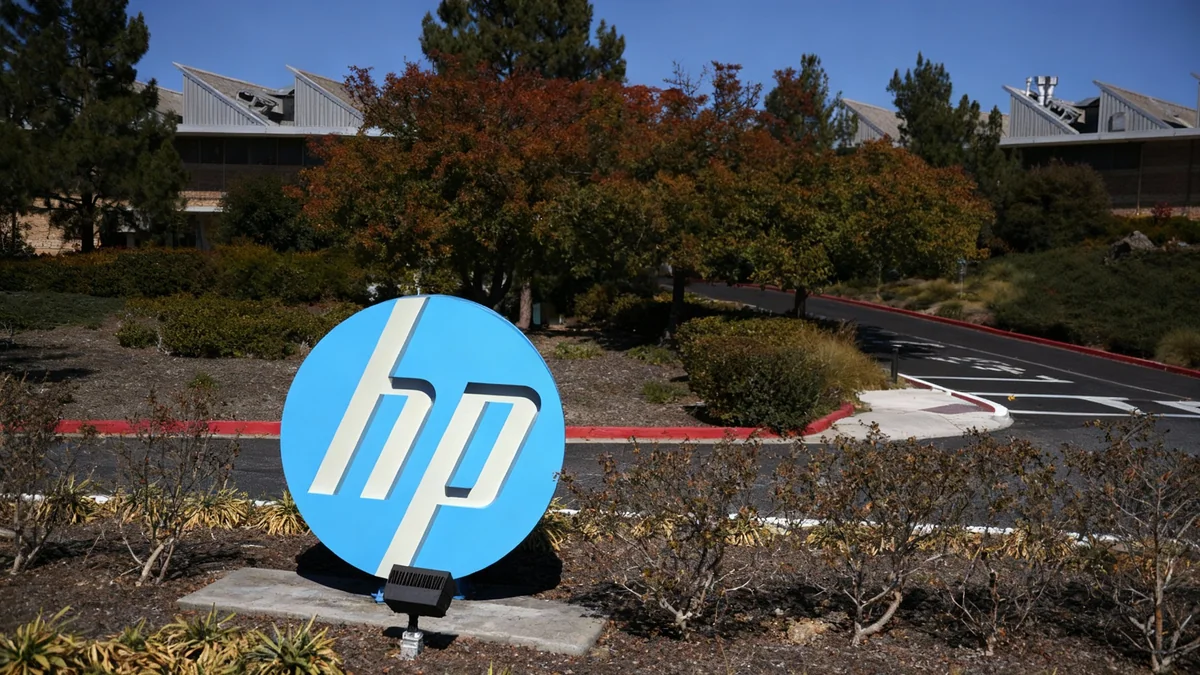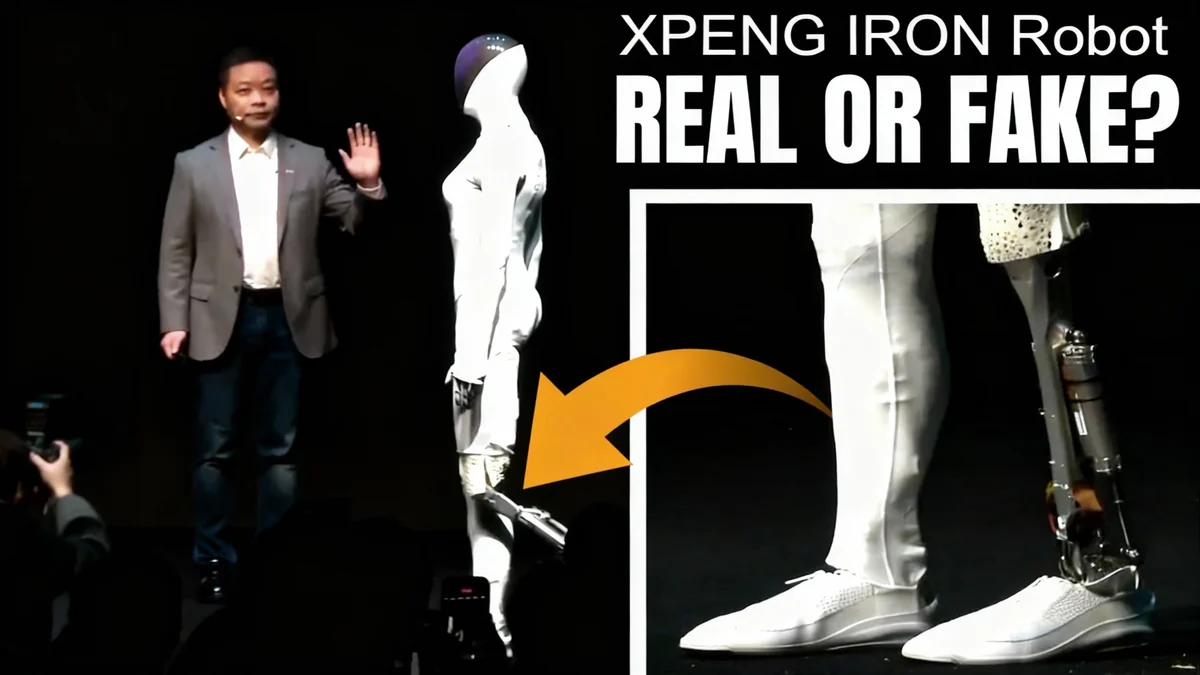Many established professionals deliberately avoid new technologies, preferring to wait until a product is stable and its usefulness is proven. This cautious approach has served them well in the past, but with the rapid integration of artificial intelligence into the workplace, this strategy is facing its greatest challenge. For mid-career employees who have reached a promotion ceiling, the question becomes urgent: can a tech-skeptic mindset survive in an AI-driven world?
Key Takeaways
- Professionals who are late adopters of technology often prioritize stability and proven utility over embracing new trends.
- While this approach can avoid the pitfalls of unproven tech, it risks creating a significant skills gap with foundational shifts like AI.
- Career stagnation or hitting a promotional plateau can be a signal that existing skills, including technology adoption, need re-evaluation.
- Experts suggest that ignoring AI is not a sustainable long-term career strategy, as it is becoming a core business competency.
- A balanced approach involves strategically learning about AI's practical applications rather than chasing every new tool or trend.
The Late Adopter's Dilemma
For many seasoned professionals, the strategy of technological patience has been a sound one. By letting others navigate the bugs and hype of new software or hardware, they have saved time and focused on tools with a clear return on investment. A common example is waiting years to adopt a smartphone or avoiding social media platforms entirely, all while maintaining a successful career and a fulfilling personal life.
This mindset is often reinforced by past experiences. Many new technologies fail to deliver on their promises or become obsolete quickly. The cautious professional sees this as validation for their wait-and-see approach. However, this perspective is now being tested by the widespread adoption of artificial intelligence.
When a professional finds their career has stalled, it prompts a period of reflection. For a mid-level manager at a major corporation who can no longer advance, every aspect of their professional toolkit comes under scrutiny. Their deliberate avoidance of new technology, once a point of pride, may now appear as a potential liability.
Distinguishing Trends from Transformations
A critical challenge for professionals is differentiating between fleeting technological trends and fundamental transformations. Social media platforms, for example, are essential for some roles (marketing, public relations) but largely irrelevant for others. In contrast, foundational technologies like the internet or personal computers eventually became non-negotiable for nearly all white-collar jobs. The central debate today is whether AI falls into the latter category.
AI Is Not Just Another App
The rise of artificial intelligence presents a different kind of challenge than previous technological waves. Unlike a new social media app or a specific software program, AI is a general-purpose technology. This means it has broad, cross-industry applications that can fundamentally change how work is done, similar to the impact of electricity or the internet.
Ignoring AI is not the same as ignoring TikTok. While one is a platform for entertainment and communication, the other is a tool for analysis, automation, and problem-solving that is being integrated into core business functions. From finance to healthcare and logistics, AI is changing workflows and creating new efficiencies.
Workplace AI Adoption Statistics
According to a 2023 survey by McKinsey, approximately 40% of organizations plan to increase their investment in AI. The primary drivers for this investment are the potential for increased productivity, cost reduction, and improved decision-making. This data indicates a significant and growing integration of AI into the corporate landscape.
Career strategists often advise that even non-technical professionals need a baseline understanding of AI. This doesn't mean learning to code, but rather understanding what AI can do, how it is being applied in their industry, and what its limitations are. This knowledge is becoming crucial for strategic planning and management roles.
"We are moving from an era where technology skills were a bonus to an era where an understanding of AI is a baseline competency for leadership. You don't need to be a data scientist, but you do need to speak the language to make informed decisions."
The Risks of Willful Ignorance
Choosing to remain uninformed about major technological shifts carries significant career risks. While a comfortable life outside of work can reinforce the belief that new tech is unnecessary, this perspective overlooks the changing expectations within the professional sphere.
Career Stagnation
The most immediate risk is becoming obsolete. As companies adopt AI-powered tools to streamline operations, employees who are unable or unwilling to use them may be seen as less efficient. This can lead to being passed over for promotions, special projects, and eventually, being managed out of the organization.
Missed Opportunities
Beyond simply keeping one's job, a lack of tech fluency can close doors to new opportunities. Professionals who understand how to leverage AI can identify new ways to create value, solve problems, and drive growth. These are the individuals who are most likely to advance into senior leadership roles in the coming decade.
Companies are increasingly looking for leaders who are not just skilled in their domain but are also digitally literate. A manager who dismisses AI may be perceived as being out of touch with the future direction of the business and the industry as a whole.
A Practical Path Forward for the Tech Skeptic
For the professional who is naturally cautious about technology, the answer is not to suddenly become a tech evangelist. Instead, a measured and strategic approach to learning is recommended. The goal is to move from being a late adopter to a strategic adopter.
Steps for the Strategic Adopter
- Focus on Your Field: Instead of trying to learn everything about AI, investigate how it is specifically being used in your industry and role. Read trade publications, attend industry webinars, and talk to colleagues who are using new tools.
- Start with a Problem: Identify a pain point in your current workflow. Is there a repetitive task that consumes too much time? Is there data you struggle to analyze? Research whether there are simple AI-powered tools that can help solve that specific problem.
- Cultivate a Learning Mindset: Dedicate a small amount of time each week—perhaps just 30-60 minutes—to reading about technology trends relevant to your career. This isn't about adoption; it's about awareness.
- Leverage Existing Tools: Many of the software platforms you already use (like Microsoft Office or Google Workspace) are integrating AI features. Experimenting with these can be a low-risk way to build familiarity and confidence.
Ultimately, the belief that new technology is "bushwah" may no longer be a harmless personal preference but a significant professional blind spot. While a healthy skepticism is valuable, it must be balanced with a proactive curiosity to remain relevant and competitive in a rapidly evolving workplace.





